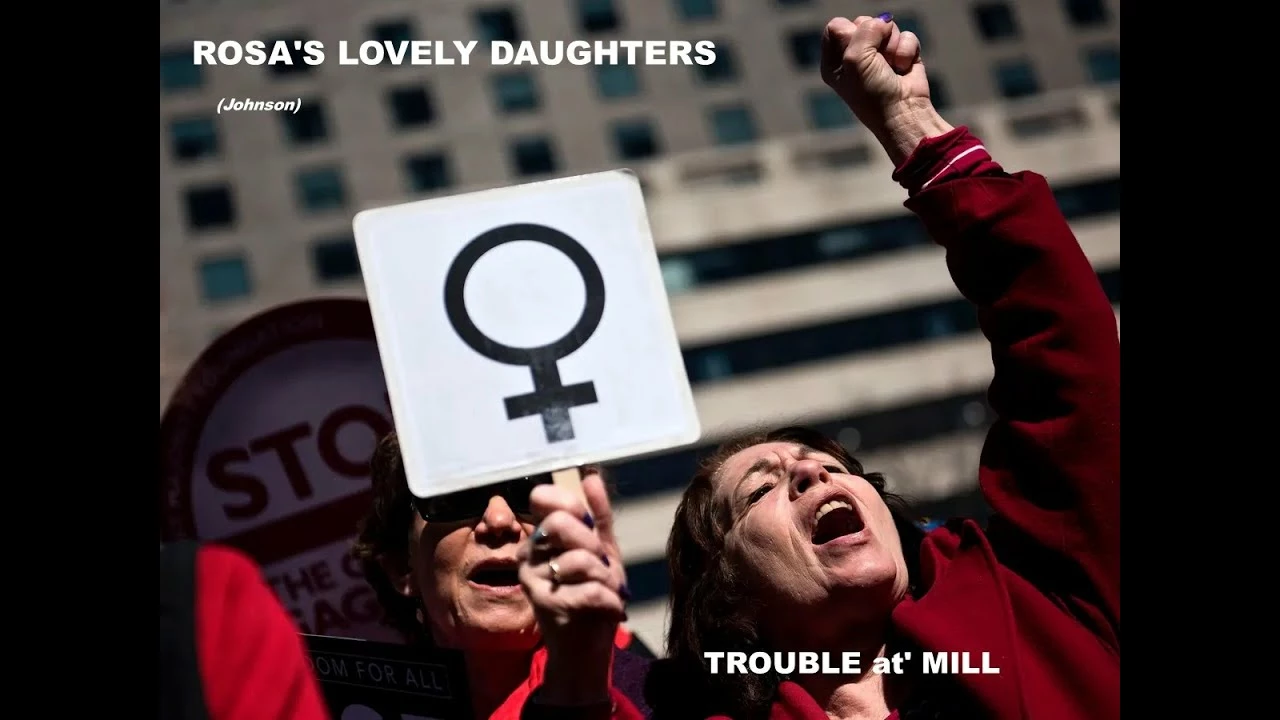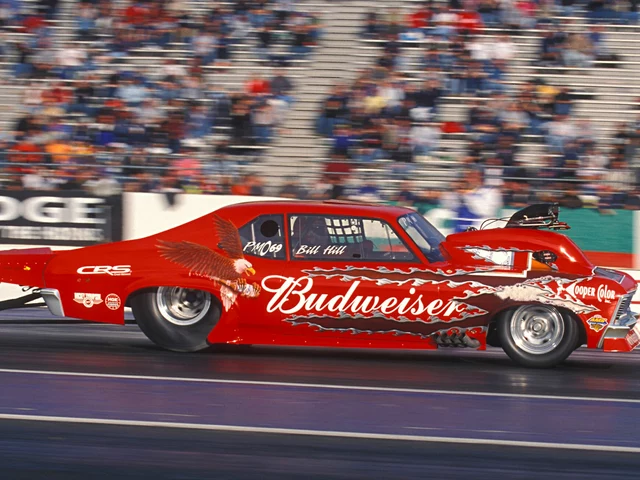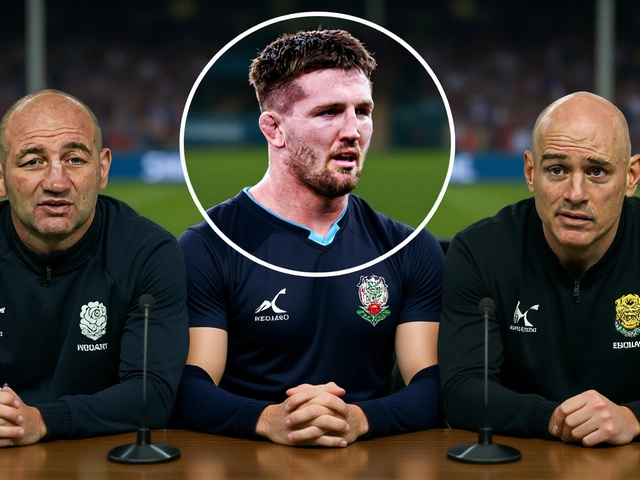Gender Equality in Motorsports: The Road Ahead
Ever wondered why so few women appear on the grid or in the pit lane? The answer isn’t about talent – it’s about opportunity. Motor racing can be a level playing field, but only if we remove the hidden barriers that keep women out.
When you watch a race, the roar of engines and the flash of color dominate the screen. Yet behind that excitement, a gender gap persists. Female drivers, engineers, and officials still struggle for the same chances as their male peers. This isn’t a new story, but it’s one we can change.
Barriers Women Face on the Track
First, funding. Sponsors often favor established names, and most of those are men. Without cash, a driver can’t afford a competitive car, testing time, or a top‑tier team. Second, mentorship. Young women rarely find role models who have walked the same path, so they miss out on guidance that speeds up career growth.
Third, perception. Some fans and officials still think racing is a man’s sport. That mindset can lead to fewer seats for women, even when they have the skill. Fourth, work‑life balance. Racing demands travel and long hours, and without flexible support, many women opt out.
Finally, safety concerns linger. Women sometimes feel less protected by gear or medical protocols designed for the average male body. Addressing these issues isn’t just good ethics – it makes the sport safer for everyone.
Steps Toward Real Change
Start with funding programs that specifically target female talent. Scholarships, grant races, and sponsor deals that require a gender‑balanced roster can level the financial field.
Next, build mentorship networks. Veteran racers and engineers should mentor newcomers, sharing tips on everything from seat fitting to media handling. A simple weekly call can turn a hopeful rookie into a confident competitor.
Third, rewrite recruitment language. Job ads that say “strong, aggressive driver” can scare off women. Use neutral terms like “skilled driver” or “team player” to widen the applicant pool.
Fourth, champion visibility. Broadcast more women’s races, feature female mechanics in pit lane interviews, and showcase stories on social media. When fans see women succeeding, the stereotype fades.
Lastly, enforce unbiased safety standards. Gear manufacturers must test equipment on diverse body types, and medical crews should receive training on gender‑specific injuries.
All these steps add up. When a female driver steps onto the grid with the same resources as a male counterpart, the competition gets tighter and the sport more exciting.
So, what can you do right now? Support brands that back women in racing, share content that highlights female achievements, and speak up when you spot bias. Every voice pushes the needle a little farther.
Gender equality isn’t a buzzword; it’s a practical roadmap to a stronger, more thrilling motorsport world. The speed, the skill, the drama – they belong to everyone willing to chase the checkered flag.





